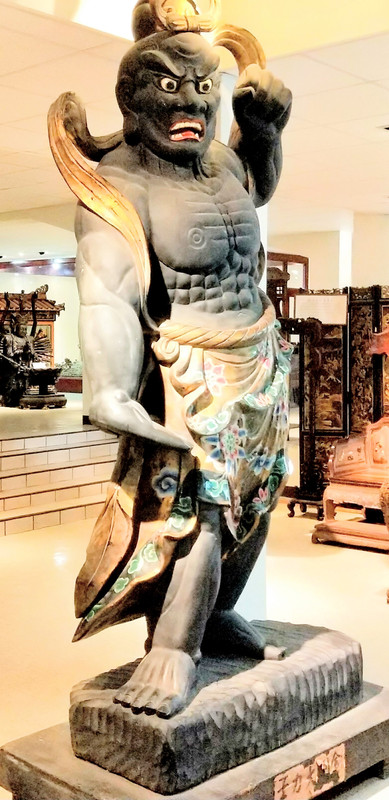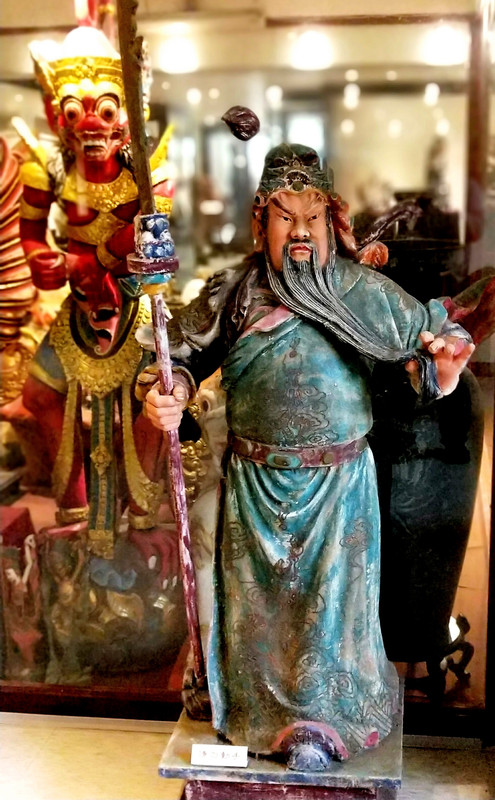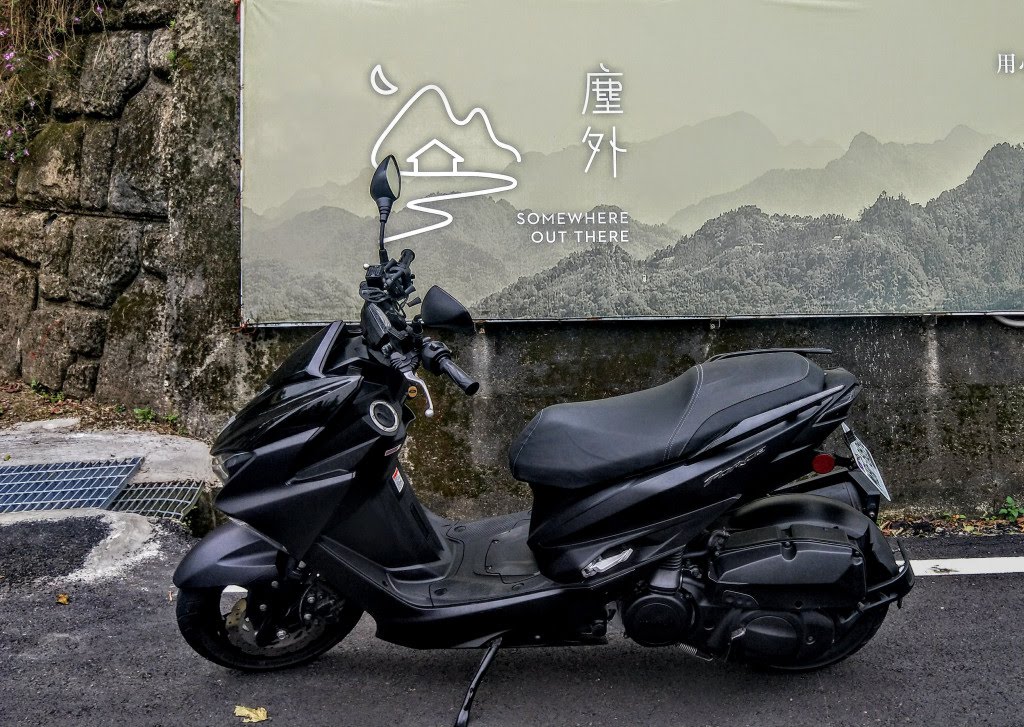windwalker099
Master Black Belt
Some mentioned warrior statue guardians,
pictures taken in Putian Temple, Hsinchu, TW
Good place to visit


pictures taken in Putian Temple, Hsinchu, TW
Good place to visit


Follow along with the video below to see how to install our site as a web app on your home screen.
Note: This feature may not be available in some browsers.


Crying crane, calling crane, screaming crane, shouting crane, bellowing crane, honking crane, any of those work. Whooping crane is a no. That is a specific North American species, Grus americana, not found in Asia. Asian martial systems are not Whooping Crane. Using that term is a poor choice for translation. It’s just a pet peeve of mine.Some links about those warrior statue guardians and their relation to the sounds of Aum/Om/HengHa
Nio
Heng and Ha: The Wrathful Protectors of the Dharma in Buddhist Traditi
About karate’s Sanchin, all I know it comes from Fujian Baihequan(white crane), as you’re familiar with cranes fly, but also cry(make sounds), a branch of Baihequan is called so - crying/whooping crane.
Anyway, about HungGar it could be interesting looking up on its, if it has any Buddhist connection, schools may at least have a GuanYu figurine in their guan ?
Is there any reason to believe there is a connection between these guardian statues and their posture, and Iron Wire? Is there reason to believe they would be uttering the sounds found in Iron Wire?Some mentioned warrior statue guardians,
pictures taken in Putian Temple, Hsinchu, TW
Good place to visit


s there any reason to believe there is a connection between these guardian statues and their posture, and Iron Wire? Is there reason to believe they would be uttering the sounds found in Iron Wire?
It came out of a discussion of iron Wire. Suddenly we have pictures of guardian statues who may or may not be making sounds that may or may not have a root connection to Iron Wire. So…is there a connection?The references to guardian statues was interesting, thought some might find the pictures
interesting...problem ?
It came out of a discussion of iron Wire. Suddenly we have pictures of guardian statues who may or may not be making sounds that may or may not have a root connection to Iron Wire. So…is there a connection?
Heng Ha er jiang
Heng Ha Er Jiang - 必应
In Japan known as Nio-guards or Kongō Rikishi
Two spirited warrior brothers designated protecting the Buddha. Depicted muscular and fierce, facial expressions show one with open mouth as making the sound “A”, the other with mouth closed as making sound “Um”
Related to breath, duality, yin/yang, two forces interplay.
Related in GongFu exercises by its breathing and dynamic tension style of muscles exercising
Kongo-rikishi - 必应
Ok ? any of those English translation variations of that particular branch of Baihequan are probably fine.Crying crane, calling crane, screaming crane, shouting crane, bellowing crane, honking crane, any of those work. Whooping crane is a no. That is a specific North American species, Grus americana, not found in Asia. Asian martial systems are not Whooping Crane. Using that term is a poor choice for translation. It’s just a pet peeve of mine.
I don’t know any about Hung Gar other than what I’ve watch in the KungFu movies, I recall there was some genuine hung gar players in that movie genre.Is there any reason to believe there is a connection between these guardian statues and their posture, and Iron Wire? Is there reason to believe they would be uttering the sounds found in Iron Wire?
I am genuinely curious how the form was developed and invented. It couldn’t have been invented out of whole cloth, theory, movement and all. It had to have been based on theory and exercises that already existed. But Ive never seen anything quite like it elsewhere although there are lots of things out there I’ve never seen so maybe that isnt saying much.
Our school was Taoist, we did have uncle Guan Yu in our gym in a couple of places.Some links about those warrior statue guardians and their relation to the sounds of Aum/Om/HengHa
Nio
Heng and Ha: The Wrathful Protectors of the Dharma in Buddhist Traditi
About karate’s Sanchin, all I know it comes from Fujian Baihequan(white crane), as you’re familiar with cranes fly, but also cry(make sounds), a branch of Baihequan is called so - crying/whooping crane.
Anyway, about HungGar it could be interesting looking up on its, if it has any Buddhist connection, schools may at least have a GuanYu figurine in their guan ?
I don’t know, I was hoping someone could inform me.Is there any reason to believe there is a connection between these guardian statues and their posture, and Iron Wire? Is there reason to believe they would be uttering the sounds found in Iron Wire?
I am genuinely curious how the form was developed and invented. It couldn’t have been invented out of whole cloth, theory, movement and all. It had to have been based on theory and exercises that already existed. But Ive never seen anything quite like it elsewhere although there are lots of things out there I’ve never seen so maybe that isnt saying much.
I simply don’t know enough, but I won’t discount the possibility.The references to guardian statues was interesting, thought some might find the pictures
interesting...problem ?
Yes dynamic tension is there.I don’t know any about Hung Gar other than what I’ve watch in the KungFu movies, I recall there was some genuine hung gar players in that movie genre.
But this of course doesn’t help me to make expert comments on the style, and that is not what I’m trying to do, I’m just plying with some thoughts, so take it all very lightly.
I use to have a book on Uechi-ryu karate authored by George Mattson, in it I recall he mentions a connection between certain Buddha figures holding postures similar as found in karate(Uechi-ryu), long time ago I read/had that book but that part stuck with me.
About the Heng Ha Erjiang warrior guard figures , Aikido founder Morihei Ueshiba made reference to them specifically the philosophy they contain .
But that is Karate and Aikido not HungGar.
- A question on the Iron Wire form, is it performed in a dynamic tension manner similar to karate’s Sanchin kata ?
Our school was Taoist, we did have uncle Guan Yu in our gym in a couple of places.


It is may thought that training to be tense in on muscle group while relaxed simultaneously in others is actually a good thing and is actually relaxing.I've don't know the form but from what I saw there are some things in it that I have use in training other forms.
I don't do alot of tension training and to be honest I think I have too much tension. I'm often trying to relax the body. There are benefits to the training but only if you are planning to use hung gar techniques in fighting or sparring. Other than that there's really no need to build power and strength in that manner
Training it to pass it on is probably the most use people get out of it.
